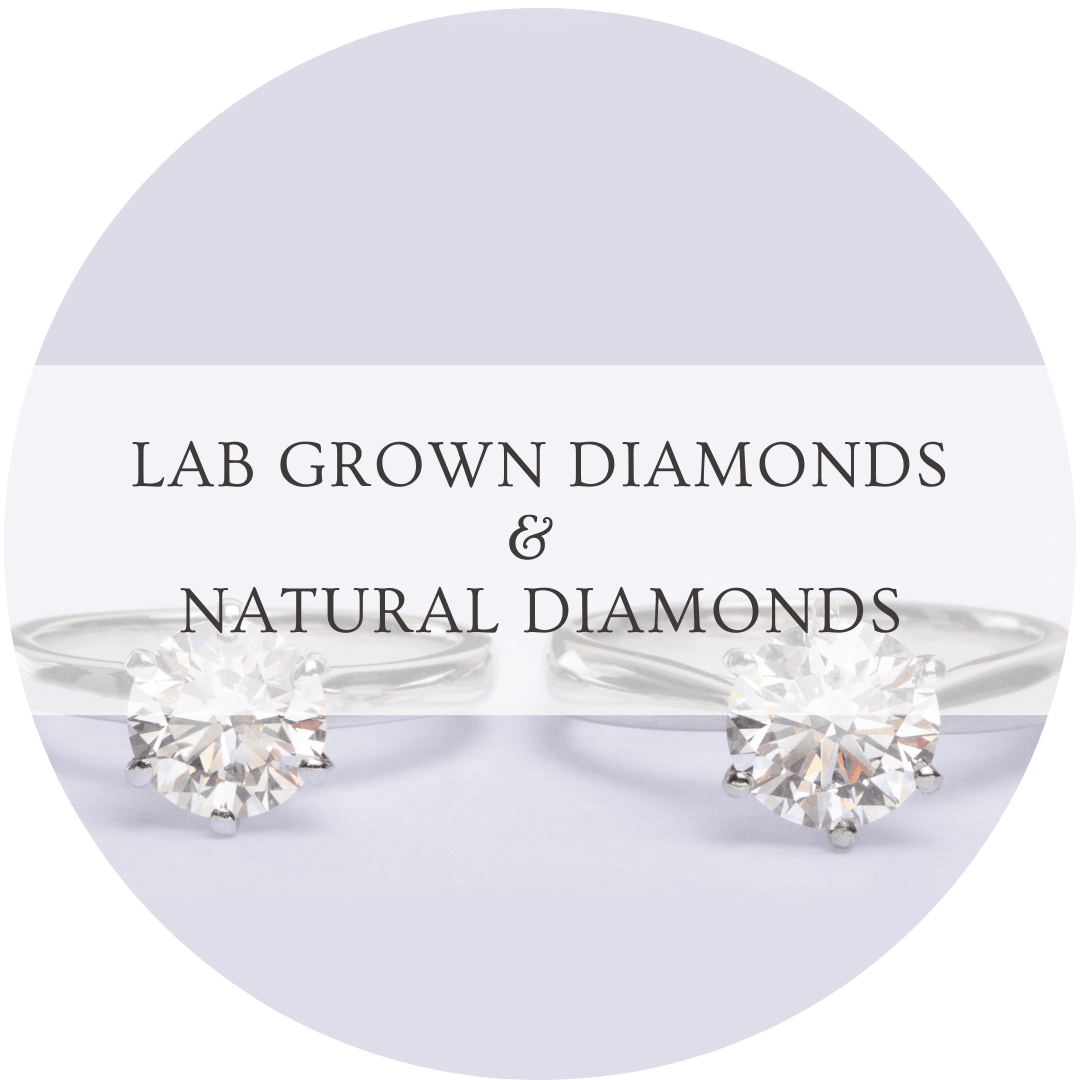The Main Differences between Lab Grown Diamonds and Natural Diamonds


The popularity of lab grown diamonds is increasing among price-conscious and ethically aware customers everyday.
In fact, lab grown diamonds are cheaper than natural diamonds: skipping the mining process results in a shorter supply chain, making them ultimately less expensive. Of course, the initial cost of production is quite high as huge investment in infrastructure and large amounts of energy are required.
Lab grown diamonds also appear to be more eco-friendly than their natural counterparts. This is a plus if we consider that all forms of mining impact the environment due to the heavy machinery, the huge amounts of water used and the scars left on the landscape resulting from the displacement of so much earth.
However, both materials for the machinery and raw materials used for lab grown diamonds are often obtained through other forms of mining. Luckily, all forms of mining are now well-regulated, due to the intense scrutiny the diamond industry has come under in recent years.
Despite being considered more eco-friendly, the amounts of energy required to produce lab grown diamonds and recreate the high temperatures and pressures are significantly high. Besides, labs have to source their carbon from somewhere, and very often, it is from fossil fuels via oil drilling or fracking. That also explains why factories are often located in countries with high fossil fuel usage.
With the right equipment, lab grown diamonds can be reproduced in large quantities, without being limited by geological factors or accessibility. For this reason, natural diamonds have a rarity factor that cannot be equated, meaning that they will hold their value better than a lab grown diamond because there is a finite supply.
Overall lab grown diamonds may appear more eco-friendly, but considering the whole production process, they are just more removed from the mining process than natural diamonds.
Being more ethical is another feature characteristic of lab grown diamonds.
Years ago, the mined diamond industry came under scrutiny when unethical production practices were exposed. These diamonds, sometimes referred to as blood or conflict diamonds, were funding violence and exploiting miners and their families.
Thanks to the Kimberley Process, established in 2003 by the UN, these unethical practices have been significantly reduced.
At present, it’s estimated that 99.9% of natural diamonds are conflict-free.

Minar Jewellers are members of The National Association of Jewellers, The Gemmological Association of Great Britain and The Responsible Jewellery Council and abide by their code of conduct of 2013.
As members of these Professional bodies we ensure that our suppliers comply with our ethical policy of not using Child Labour in the supply chain and or do not have poor working conditions. You can read more about our ethical policy here.
Despite the growing success of lab grown diamonds, the price of natural diamonds has increased over time. This is because mines get older, become deeper and the cost of recovering diamonds increases while yields diminish. Thus, to guarantee future supplies and fill the gaps left by old mines, new mines are continuously being discovered.
These new mines are subject to controls and must complete surveys, assessments and agree to conditions to limit their impact on the environment, returning the land to its natural state afterwards.
Since lab grown and natural diamonds are chemically identical, they come with certification. Today, most lab grown diamonds are certified by the International Gemological Institute (IGI). In addition, they are being accepted and certified by The Gemological Institute of America (GIA) too.
Conclusion
When choosing between natural or lab grown diamonds, there is no right or wrong answer.
The choice is completely yours. The most important things to consider when making the choice of diamonds are: your budget and your stance on their environmental and ethical impact.
References
https://www.brilliantearth.com/lab-created-diamonds/?abt=v2
https://www.bbc.com/future/article/20200207-the-sparkling-rise-of-the-lab-grown-diamond

